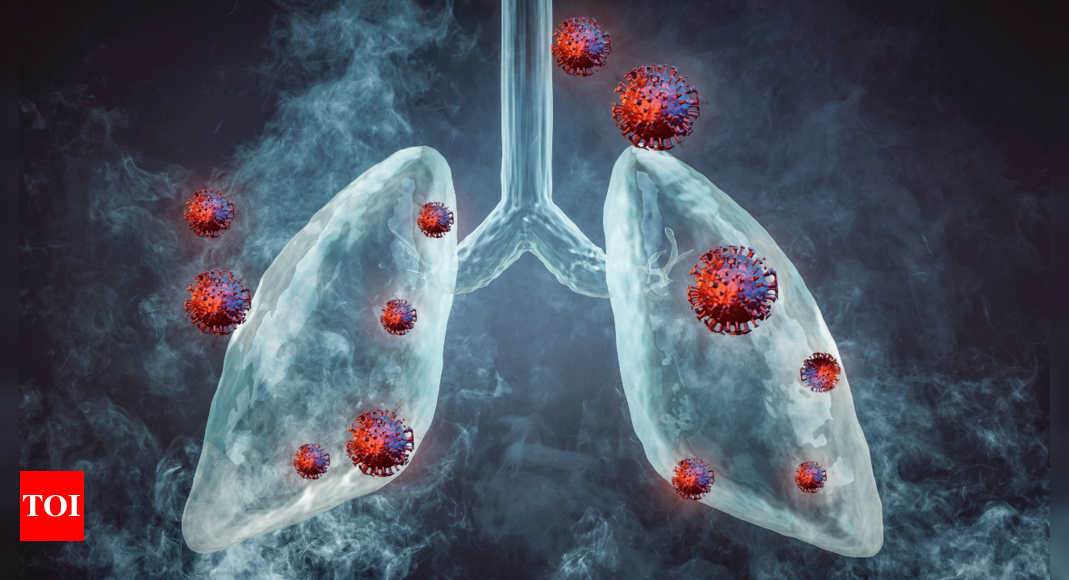Lung cancer is a terrible health challenge that often carries with it misconceptions and stigma. Although many people associate it with smoking, it is important to note that about 50% of lung cancer cases occur in non-smokers. Addressing these misconceptions can lead to increased awareness, early detection, and more effective treatment. Understanding the symptoms Early detection of lung cancer significantly improves treatment outcomes. Being aware of potential symptoms is important for timely intervention. Here are the key symptoms to watch for: Persistent cough: A cough that doesn’t go away or continues to get worse could be a sign of lung cancer. This symptom may initially be confused with the common cold or other respiratory problems, but if it persists for more than a few weeks then further investigation is warranted. Chest pain: Continuous or increasing chest pain, especially if it is sharp or spreads to other parts of the body. body, could be a sign of lung cancer. Although chest pain can be caused by many conditions, persistent or worsening pain should be evaluated. Difficulty breathing: Difficulty breathing, especially with minimal exertion, can be a sign of lung cancer. This symptom may be confused with general fatigue or other respiratory conditions, but if it becomes frequent or severe it should be evaluated. Unexplained weight loss: Weight loss for no apparent reason can be a red flag. Cancer-related weight loss is often unexplained and not related to changes in diet or exercise. Coughing up blood: Known as hemoptysis, coughing up blood or blood-streaked mucus is a serious symptom that requires immediate medical attention. It could be a sign of advanced lung cancer or other serious conditions. Diagnostic methods If you experience any of these symptoms, it is important to seek medical advice promptly. Early diagnosis enhances treatment options and improves prognosis. Common diagnostic methods include:
World Lung Cancer Day 2024: Fight the deadly disease with innovative treatments
High-resolution CT scan (HRCT): HRCT is the main tool for early detection of lung cancer. It provides detailed images of the lungs and is especially useful for people with a chronic cough that lasts more than two to three weeks. HRCT can reveal small tumors or abnormalities that may not be visible on a standard chest X-ray. Chest X-ray: This initial imaging test helps identify any abnormalities in the lungs. Although not as detailed as HRCT, it can still provide valuable information and guidance for further testing if needed. Biopsy: A biopsy is essential to confirm a lung cancer diagnosis. It involves taking a sample of lung tissue and testing it for cancer cells. A biopsy can be performed through a variety of methods, including bronchoscopy, needle aspiration, or surgical procedures. Treatment options Lung cancer treatment varies depending on the type and stage of the cancer. Common treatment options include: Surgery: Surgical intervention may be recommended for early-stage lung cancer. The goal is to remove the tumor and some surrounding healthy tissue. Types of surgery include lobectomy (removal of a lobe of the lung), pneumonectomy (removal of the entire lung), or wedge resection (removal of a small portion of the lung). Chemotherapy: This treatment uses drugs to kill or inhibit the growth of cancer cells. Chemotherapy may be given before surgery (neoadjuvant therapy) to shrink the tumor or after surgery (adjuvant therapy) to remove remaining cancer cells. Radiation therapy: Radiation therapy involves using high-energy rays to target and destroy cancer cells. It may be used as a primary treatment or in combination with surgery and chemotherapy. Targeted therapy: Targeted therapy focuses on specific molecules involved in cancer growth. These drugs stop the growth and spread of cancer by interfering with molecular targets involved in cancer. Immunotherapy: This treatment helps strengthen the body’s immune system to recognize and fight cancer cells more effectively. Immunotherapy may be especially effective for certain types of lung cancer. Prevention strategiesPreventing lung cancer involves reducing risk factors and adopting a healthy lifestyle. Key prevention measures include: Avoiding tobacco products: Tobacco use, including smoking and chewing tobacco, is a major risk factor for lung cancer. Quitting or avoiding these habits is essential to reduce your risk. Maintain a healthy diet: A balanced diet rich in fruits, vegetables and whole grains supports overall lung health and may help reduce the risk of cancer. Regular physical activity: Regular exercise helps maintain a healthy weight and reduces the risk of cancer. Improve air quality: Reducing exposure to environmental pollutants and indoor irritants, such as radon, can protect lung health. Using an air purifier and ensuring proper ventilation can also help. Conclusion Early detection of lung cancer can significantly enhance treatment effectiveness and improve survival rates. By being alert to symptoms, seeking timely diagnostic testing, and adopting preventative measures, individuals can take proactive steps in controlling lung cancer. Advances in medical technology and early detection methods offer hope for better treatments and improved health outcomes. (By Dr. Aravind Badiger Technical Director BDR Pharmaceuticals)










